
Exploring Kirkjufell: A Complete Guide to Iceland’s Church Mountain
Discover the magic of Kirkjufell, Iceland’s most iconic mountain. From its unique, church-like peak to the stunning Kirkjufellsfoss waterfall, find out why it’s a
Welcome to Iceland, a land of fire and ice where adventure awaits at every turn. Known for its dramatic landscapes, from towering glaciers and active volcanoes to cascading waterfalls and steaming hot springs, Iceland is a paradise for outdoor enthusiasts.

Spring (April – May): Springtime in Iceland is all about rebirth, with nature emerging from a long winter season. Temperatures climb a bit, ranging from 0°C to 10°C and you’ll get around 13-20 hours of daylight, so you’ll have plenty of time for outdoor adventures. Early spring is the perfect time for chasing waterfalls as the glacier ice melts and it’s also the time Iceland’s resident puffins start nesting along the coastal cliffs.
Summer (June – August): Summer is the warmest season in Iceland with temperatures averaging between 10°C and 15°C, and an occasional warm day reaching near 20°C. And with endless hours of daylight, summer is the perfect season for hiking, driving along the famous Ring Road or exploring the most remote regions of Iceland like the Westfjords. However, it’s also peak season in Iceland so can be very busy, particularly in the more popular regions.
Autumn (September – November): Fewer tourists, moody landscapes and a mix of summer and winter weather. In Autumn, the temperatures hover around 0°C to 10°C, but rain becomes more common and it’s not unusual to see snow. Daylight hours remain at a reasonable 10-12 hours in September, dropping as you head into October. But as the darkness returns, so does the possibility of seeing the Aurora Borealis!
Winter (November – March): With temperatures dropping to between 5°C and -5°C, Iceland becomes a winter wonderland. Winter is all about experiencing Iceland’s natural beauty, from chasing Northern Lights to exploring ice caves, glacier hiking, and soaking in hot springs under a snowy sky. You’ll just have to cram all of your incredible adventures into the 4-7 hours of daylight. It’s colder, darker and wilder, but oh so worth it!
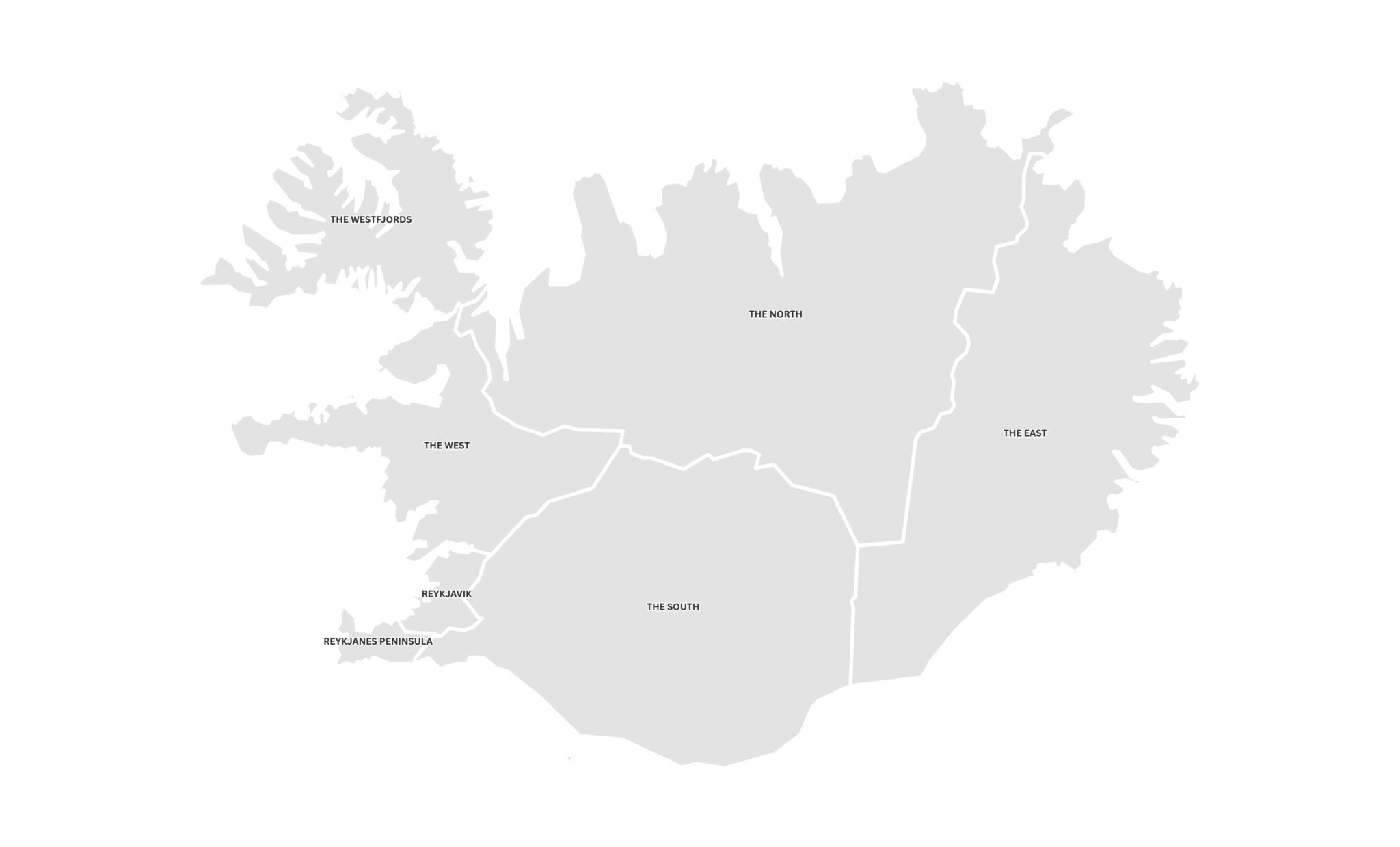
Reykjavík – The Capital: the most densely populated region of Iceland and home to Reykjavík, the country’s capital renowned for its cultural and historical beauty.
Reykjanes Peninsula: This is the geothermal heart of Iceland, with lava fields, hot springs, and the Blue Lagoon. It’s the gateway for most visitors, as Keflavík Airport is located here.
South Coast: Known for its iconic waterfalls like Seljalandsfoss and Skógafoss, black sand beaches at Reynisfjara, and the massive Vatnajökull Glacier. The South Coast is popular for its stunning scenery and accessible sights along the Golden Circle and Icelandic Ring Road.
West Iceland: Includes areas like Snæfellsnes Peninsula, often called “Iceland in miniature” because of its diverse landscapes like volcanoes, glaciers, lava fields, and fishing villages. This region is home to the Snæfellsjökull National Park and the famous Kirkjufell mountain which is a favourite amongst photographers.
Westfjords: One of the country’s most remote and rugged regions, known for dramatic fjords, steep cliffs, and abundant wildlife. Dynjandi waterfall and Látrabjarg cliffs, a haven for puffins, are highlights in this area.
North Iceland: Famous for its volcanic landscapes around Lake Mývatn, geothermal areas like Hverir, and waterfalls like Goðafoss and Dettifoss. It’s also home to Akureyri, Iceland’s second-largest city.
East Iceland: Known for its quiet fjords, charming fishing villages, and Nordic landscapes. It’s home to some incredible hiking trails, waterfalls, and herds of reindeer and Icelandic horses that roam the area.
The Highlands: Not officially a region, the Highlands cover the remote interior of Iceland. It’s a region that is almost exclusively accessible during the summer months when the roads are clear of snow and is home to some of the most incredible landscapes on the planet. Landmannalaugar and Askja are particularly popular for hiking, featuring multicoloured mountains, hot springs, and lava fields.
Iceland uses the Icelandic Krona (ISK). Don’t bother with cash – credit cards are king here. Even the smallest food truck in the middle of nowhere takes cards.
Icelandic is the official language, but almost everyone speaks English fluently. You can relax, ordering coffee won’t require Google Translate.
Absolutely! Iceland’s one of the safest countries on Earth. Just watch out for sneaky icy paths and curious sheep on the road.
A quick 3–5 days for the Golden Circle and South Coast highlights, or 7–10 days for a proper Ring Road adventure. Got more time? Stay forever (kidding… or am I?).
If you want freedom to explore Iceland (and trust me, you do), renting a car is a great idea. Plus, driving in Iceland is part of the adventure! Just make sure it fits your adventure style – you might get away with a regular car just for Reykjavik, but you’ll definitely want a 4×4 if you’re exploring the rest of Iceland or visiting in winter.
In winter, roads can be very tricky with lots of snow and ice. Check road.is for regular updates and drive carefully. In summer, roads are usually clear and easy to drive on, though the F-roads can be a little tricky without a 4×4.
Layers, waterproof gear, sturdy boots, a swimsuit (for hot springs), and your sense of adventure. Oh, and don’t forget your camera!
Yes, 100%. Iceland’s waterfalls and surprise rain showers will test your gear. Whether you visit in summer or winter, you’re guaranteed to get wet at some point.
Definitely! Unless you’re planning to spend your time in Iceland just in Reykjavik, sneakers just won’t cut it on rocky paths or muddy trails.
Yes, but they’re few and far between. Stock up in bigger towns to avoid hangry moments.
You’ll need a guide. Ice caves are stunning but can be dangerous without an expert. Even if you have mountaineering experience, ice caves are often unstable and only a local expert will know which ones you can safely explore.
Absolutely! Camp, cook your own meals, and take advantage of free sights like waterfalls and hikes.
Yes, but follow the rules – no disturbing wildlife or other visitors. Always fly responsibly.
It depends! If you’re visiting between late September and mid – April, and the skies are clear, your chances are pretty good. Get away from city lights, and don’t forget to check the aurora forecast. Patience is key though – we’ve visited Iceland five times in winter and only saw the Northern Lights on our latest visit in 2024.
Yes, and you should! Iceland’s tap water is some of the purest in the world. Bring a reusable water bottle, and fill it up anywhere. Plus it saves you paying for bottled water.
You bet! Iceland’s adventures are epic, but nature can be unpredictable. Travel insurance is a must for things like canceled flights, medical emergencies, or unexpected mishaps. Better safe than sorry when you’re hiking glaciers or chasing waterfalls.

Discover the magic of Kirkjufell, Iceland’s most iconic mountain. From its unique, church-like peak to the stunning Kirkjufellsfoss waterfall, find out why it’s a
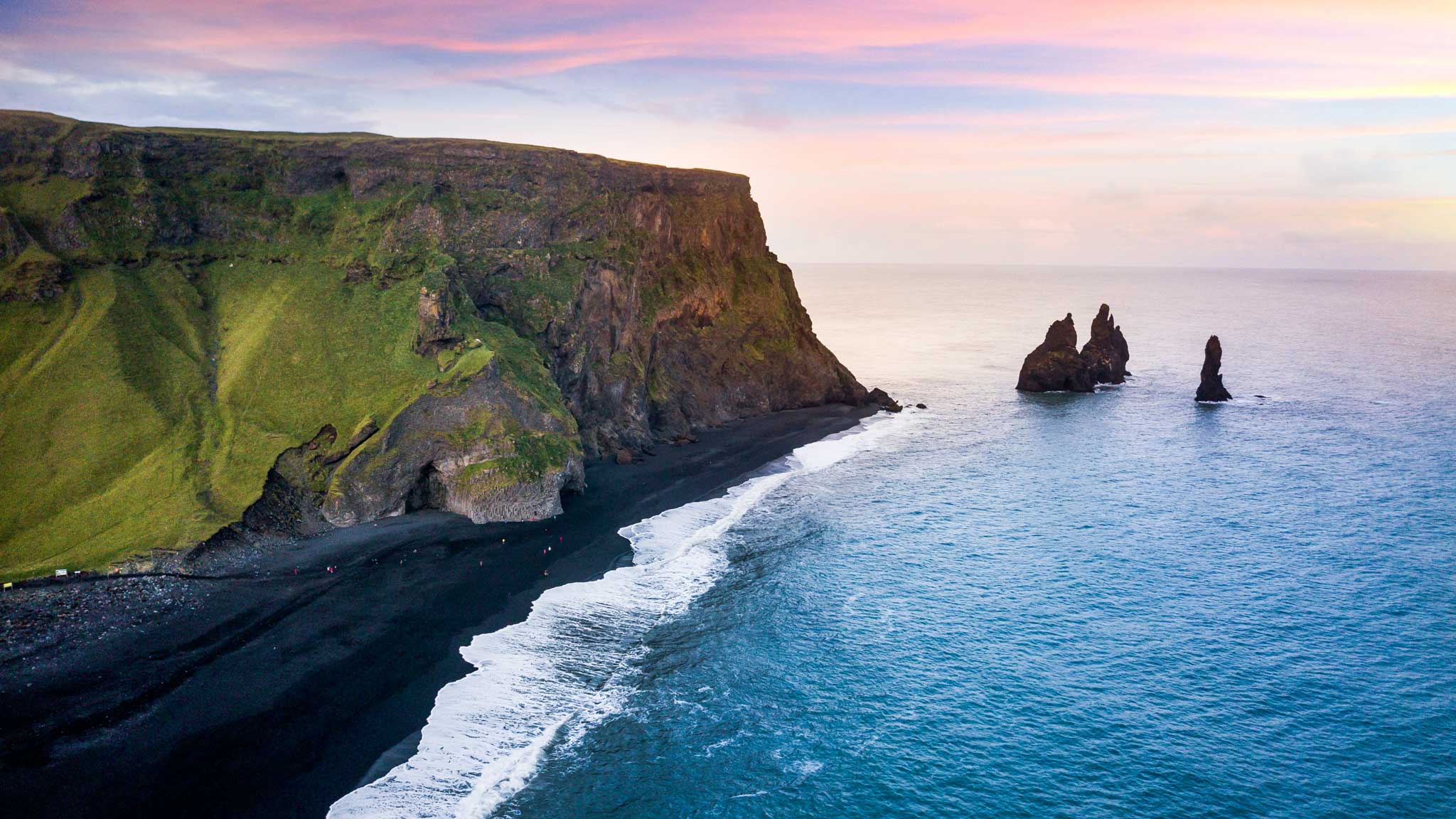
Discover Reynisfjara, Iceland’s iconic black sand beach and find out what makes it a must-see on your Icelandic adventure.
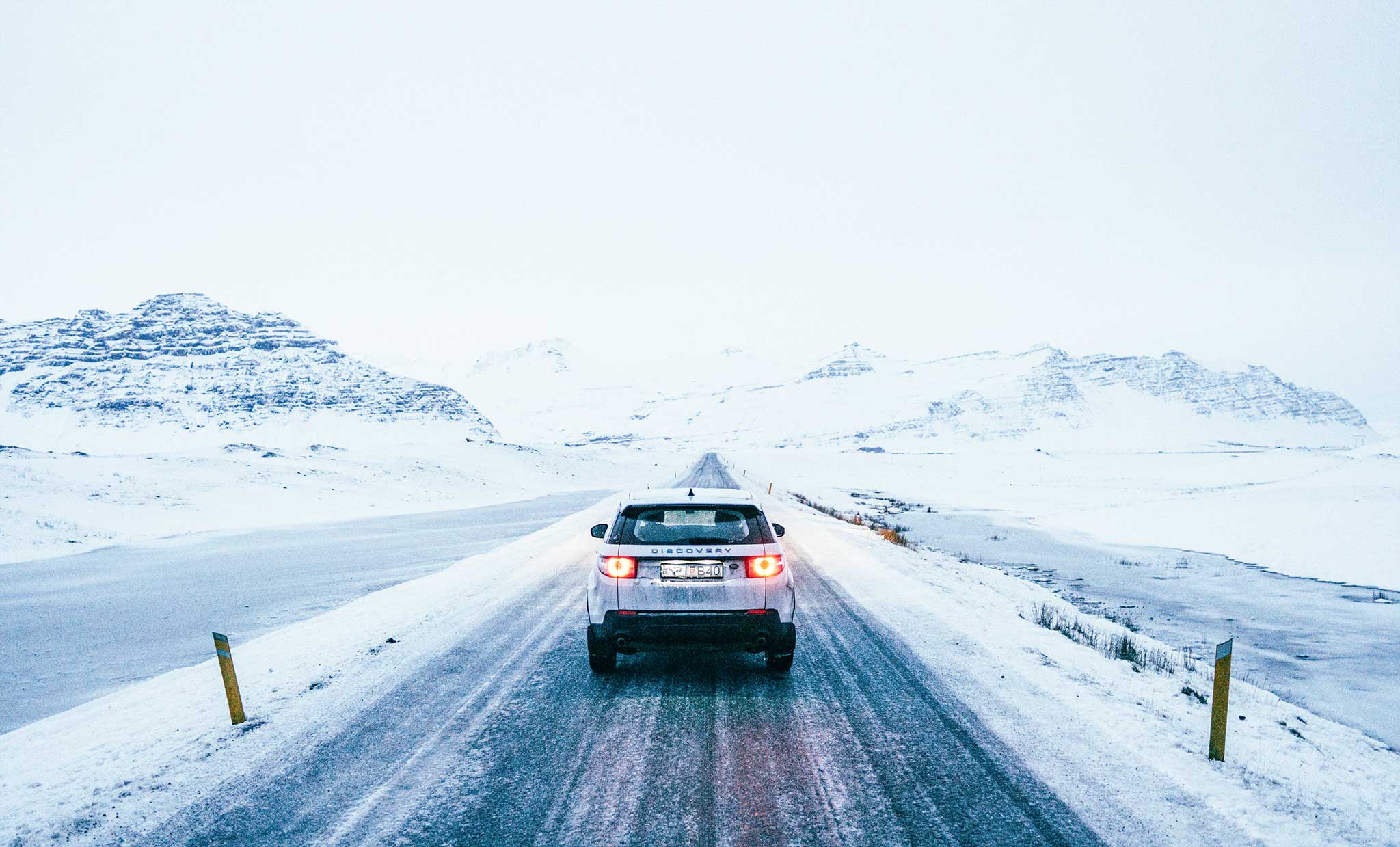
Planning a road trip in Iceland? Discover everything you need to know about driving in Iceland, from navigating summer roads to winter challenges and understanding off-road restrictions.
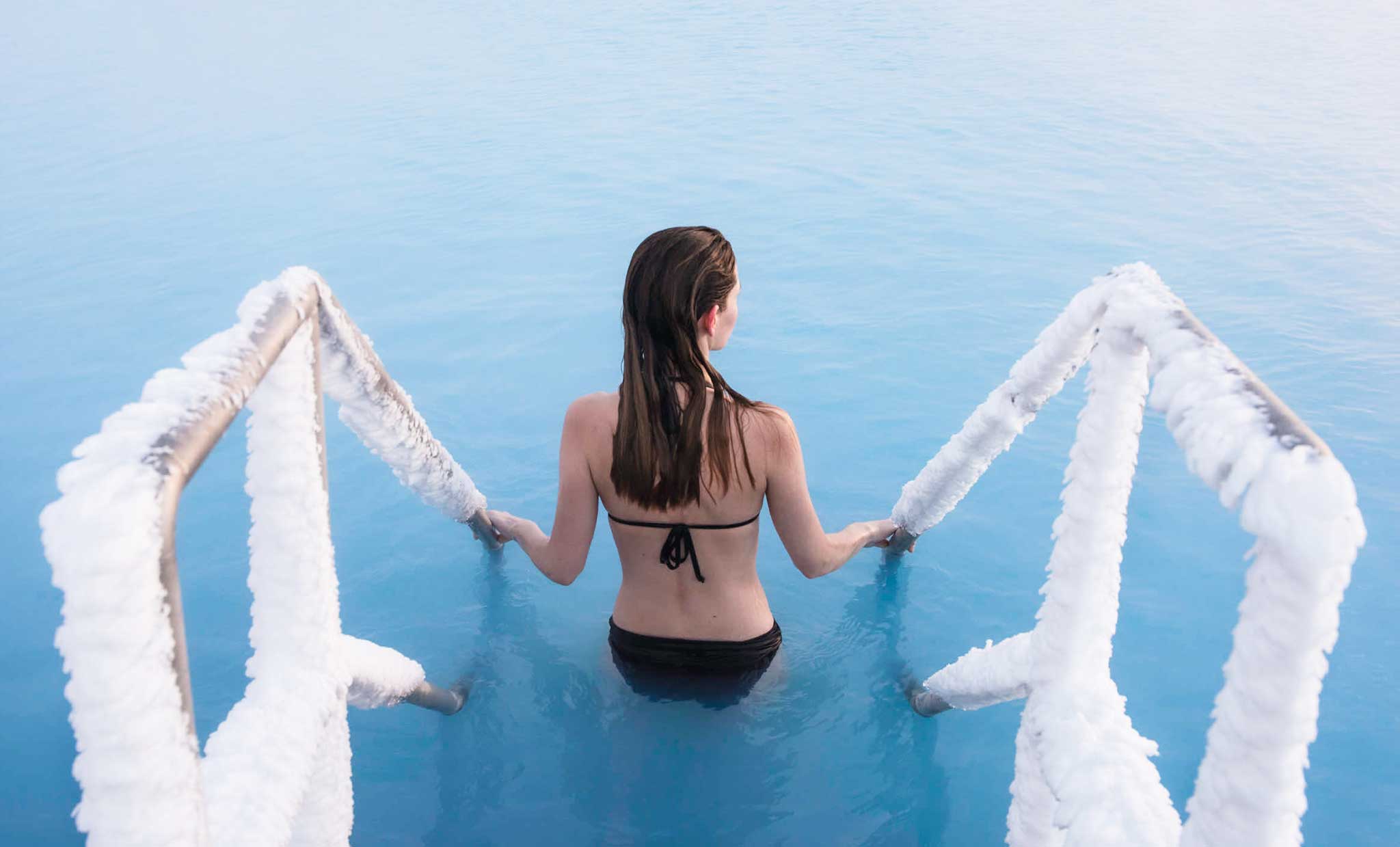
Skip the crowds at the Blue Lagoon and explore Iceland’s top 5 lesser-known hot springs for a more adventurous and authentic experience.
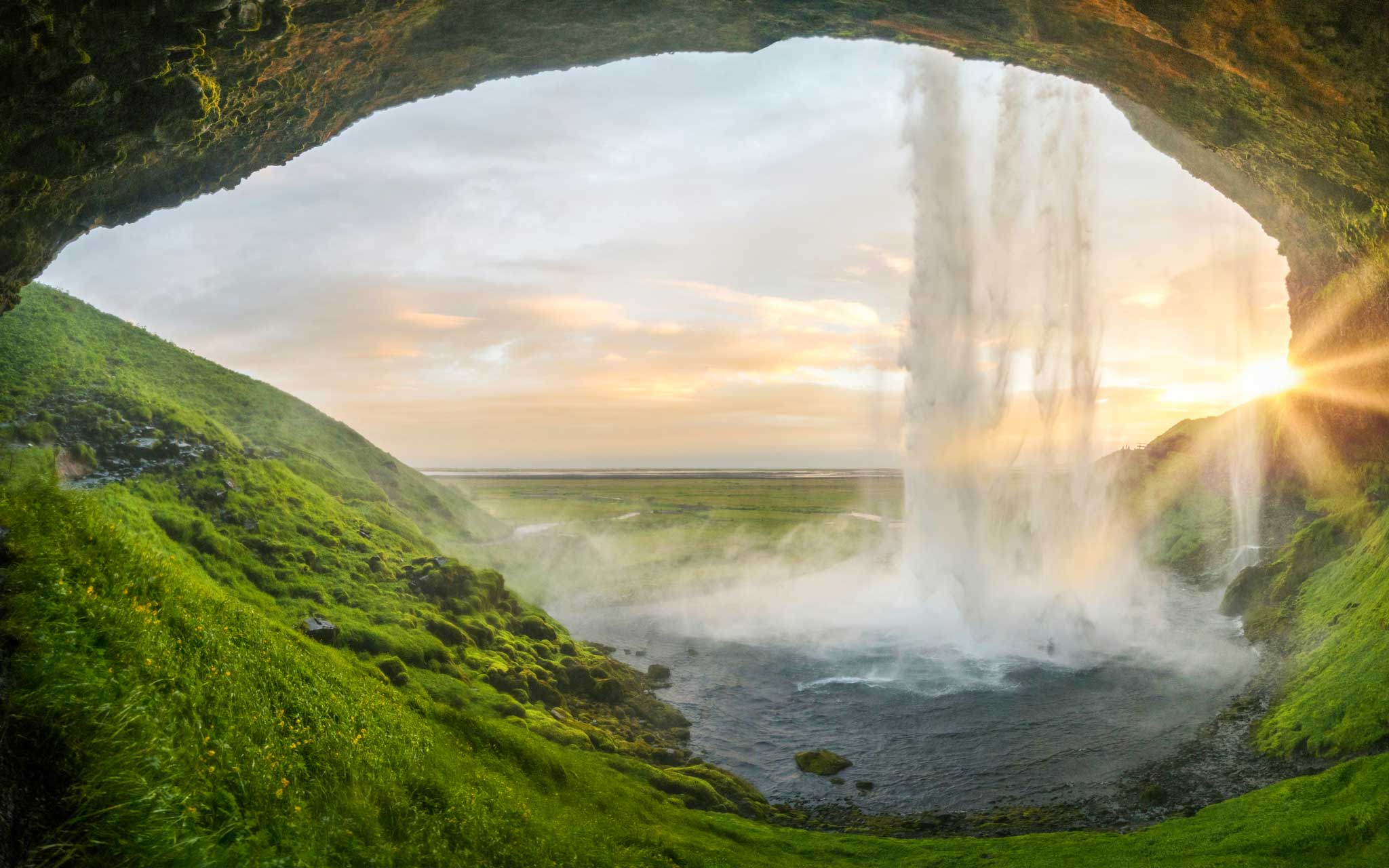
Seljalandsfoss Waterfall is a must-visit in Iceland! Learn how to get there, top travel tips, and when to go for the best experience with our complete guide.
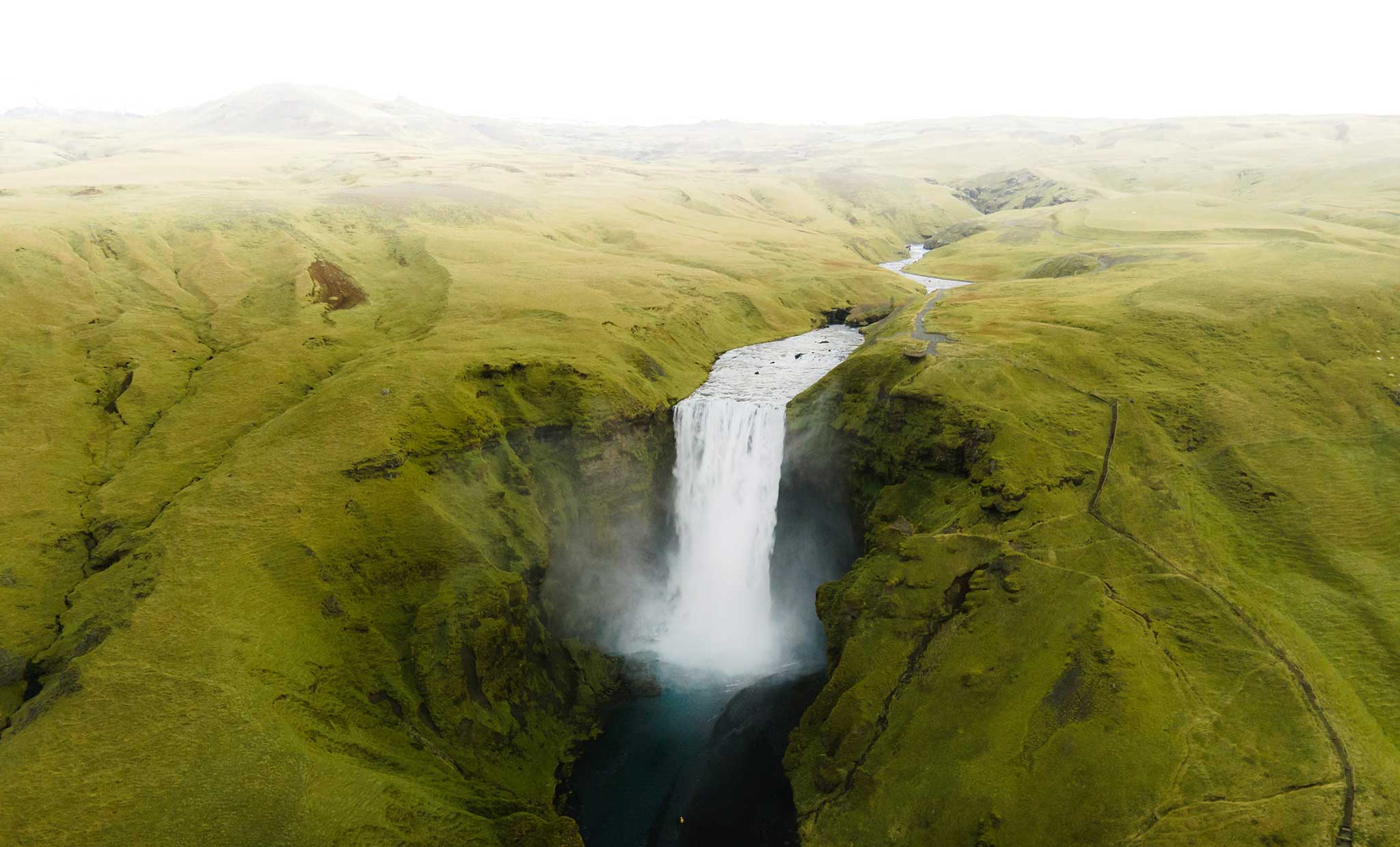
Discover the top 10 waterfalls in Iceland, from the iconic Skógafoss to the stunning Seljalandsfoss. Plan your adventure to Iceland’s most beautiful waterfalls!